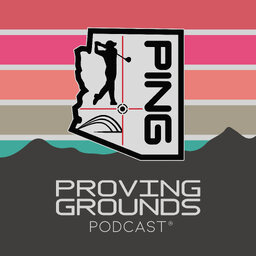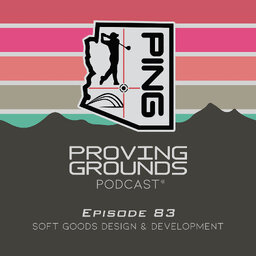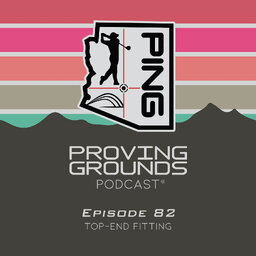Episode 2: The PING Tour Truck
Shane and Marty take us inside the PING Tour Truck at the PGA Championship with PING’s Sr. Player Development Manager, Kenton Oates. They cover the basics, like what’s on the truck, who stops by, and what their week looks like when they pull up to a tournament, before diving a bit deeper, touching on the importance of the relationship tour reps develop with players, the balance between personality and technology when working with a pro, and advice the everyday golfer can take from how they fit and take care of Tour players.
 PING Proving Grounds
PING Proving Grounds


